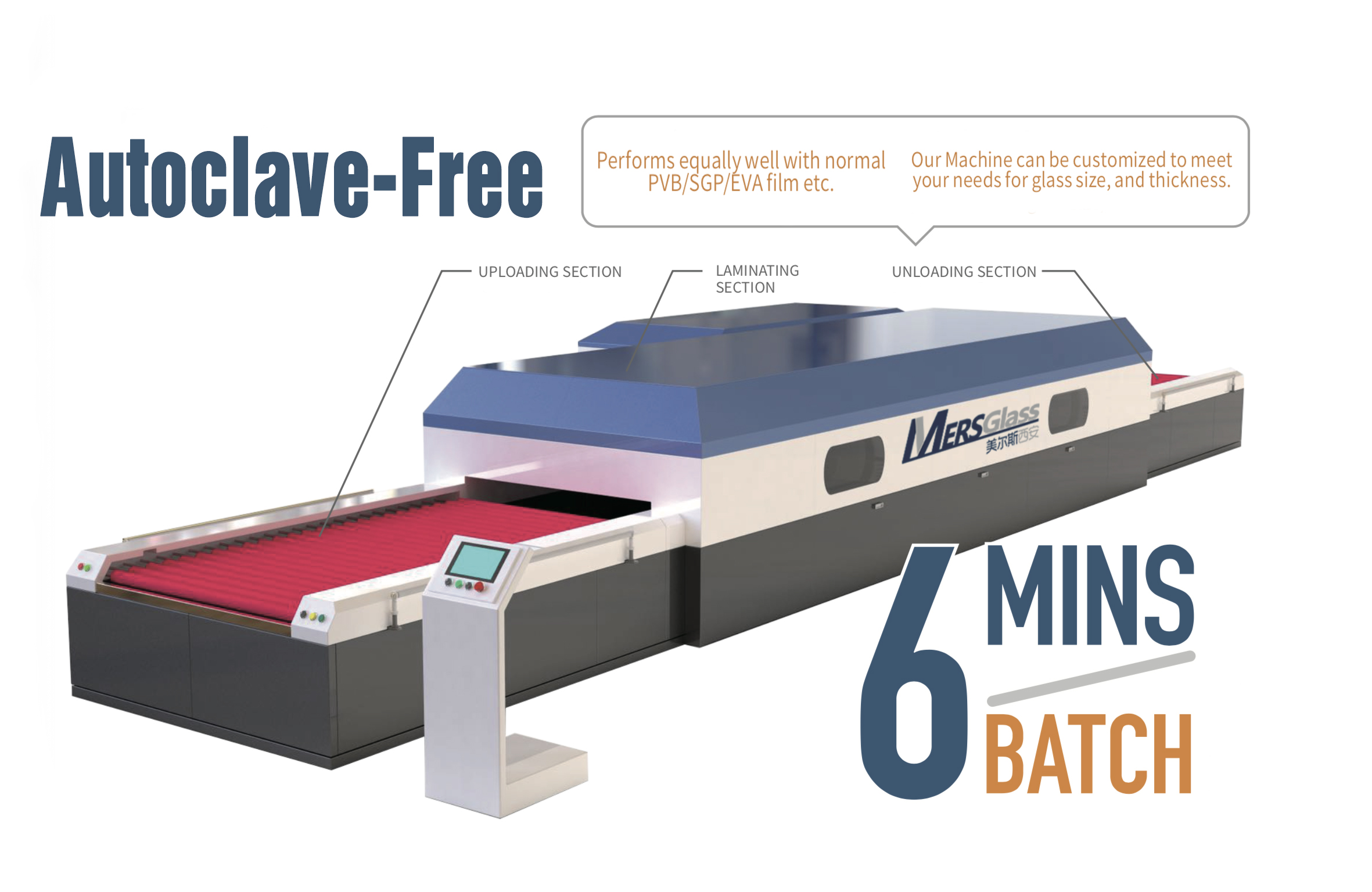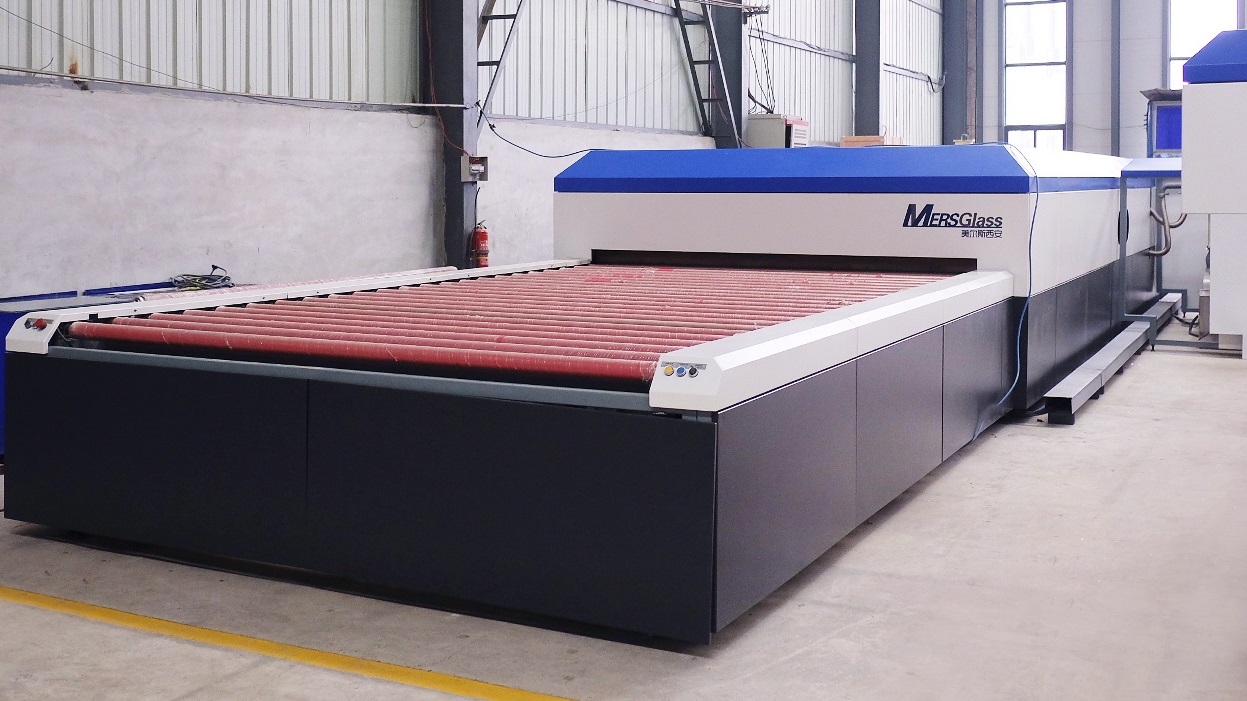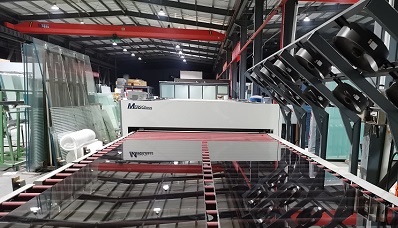Maintenance Tips for Non Autoclave Laminated Glass Machine
Non autoclave laminated glass machines are the workhorses of glass production, but as with any piece of machinery, they need to be properly maintained to ensure they function properly. As compared to autoclave machinery, they apply lower pressures, so their parts wear differently. Following these simple tips can keep your equipment running smoothly, avoid breakdowns, and ensure your glass products maintain high quality.
Daily Cleaning: Wipe Surfaces and Remove Debris
Starting with daily cleaning is the easiest way to prevent problems. After the machine is finished operating, clean the top surface with a soft sponge. Special care must be taken for the conveyor rollers and belts that shove the glass sheets. Small bits of glass or dust can scratch the glass or get stuck and cause uneven lamination. Clean any sticky material off the adhesive tape with a soap solution in water but without any hard chemicals that might damage metal parts. Dry all surfaces thoroughly to prevent rust.
Check Seals and Gaskets Weekly
Seals and gaskets exclude air and water, which are critical to successful lamination. Inspect these elements every week for cracks, tears, or wear. Loose or damaged seals will allow air in, allowing bubbles into laminated glass. Replace any broken seals immediately; they are essentially free to replace, but omitting them can ruin a batch of glass. To extend their lifespan, do not handle them with sharp objects and avoid getting them dirty.
Lubricate Moving Parts Monthly
Moving parts such as hinges, rollers, and conveyor tracks require regular lubrication to reduce friction. Use machine oil or grease on these components in a minimal amount once every month. Avoid the use of any other type of lubricant except what is recommended by the manufacturer; the wrong type might draw dust or ruin plastic parts. Wipe away excess oil to prevent dripping oil on the glass or adhesive material, which can damage the lamination.
Check the Heating Elements Quarterly
Heat plates or infrared heat fuses the glass layers in non-autoclave glass laminated machines. Inspect these elements every three months for damage. Look for scorching, cracking, or hot spots. If the one area is too hot and the other is too cold, the glass will not laminate. Take a reading of the heat distribution across the surface using a thermometer. If anything is wrong, have the element repaired or replaced by a technician. Never use a machine with an inoperative heating element; it wastes material and offers the possibility of accidents.
Keep Sensors and Controllers Calibrated
Autoclave free glass laminating machines are equipped with sensors that monitor temperature, pressure, and speed. These must be regularly calibrated for precision. Check monthly that the displayed temperature is identical to that of an independent thermometer placed near the heating area. If not, either adjust the controller or have it calibrated professionally. Sensor misalignment causes the machinery to overheat or underheat, which results in a weak bond between the glass layers.
Replace Wearing Parts Before They Fail
Certain parts, such as conveyor belts, rollers, and cutting blades, deteriorate over time. Keep spare parts on hand. Check conveyor belts monthly for edge wear; if so, replace immediately to prevent sudden failure during production. Rollers should rotate freely. If they begin to bind, clean them first, but replace if bent or otherwise damaged. Keeping spare parts on hand saves time and keeps production going.
Store Spare Parts Properly
Even the best-quality spare parts can be damaged if they are stored incorrectly. Store replacement seals, gaskets, and small components in a dry, cool area. Place them in sealed containers to protect them from dust and moisture. Mark each unit so it is readily available when you need it. Avoid stacking heavy objects on sensitive parts like sensors or heaters; they can warp or break.
Schedule an Annual Professional Inspection
No matter how diligent you are, a professional technician can spot problems you might overlook. Have your autoclave free glass laminating machine serviced annually. They'll check the wiring in there, run tests on the motor, and ensure all safety features are functioning properly. This may cost a little, but it's cheaper than repairing a major malfunction that stalls production for days. Ask the technician for specific tips for your model; they often understand the peculiarities of specific brands.
Maintaining a non autoclave laminated glass machine is not complicated, but it does require persistence. Daily cleaning, weekly checking of the seals, monthly lubrication, and quarterly checking of the heaters will prevent most problems. Replace wearing parts before they fail, store spare parts properly, and have an expert check the machine annually. If you do these, your machine will run longer, produce better glass, and cost you less in repairs and wasted material. MERSGLASS is a non autoclave laminated glass machine manufacturer with many years of export experience and we look forward to working with you.
-

Why Choose a Non-Autoclave Glass Laminating Machine for Your Production Line
Discover why non-autoclave glass laminating machines are the smart choice for modern production lines. Save energy, cut costs, and get quality glass from a trusted China supplier.2025-10-14
-

Why More Manufacturers Are Choosing Autoclave Free Laminated Glass Machines
Laminated glass is ubiquitous in all walks of life, from car windshields to building windows. Laminating two or more layers of glass and film together is how laminated glass is produced. Autoclave machines have been used for decades to accomplish this task. But now, more and more manufacturers are beginning to use autoclave-free laminated glass machines. What's the reason? Let's take a quick look.2025-08-25
-

Maintenance Tips for Non Autoclave Laminated Glass Machine
Non autoclave laminated glass machines are the workhorses of glass production, but as with any piece of machinery, they need to be properly maintained to ensure they function properly. As compared to autoclave machinery, they apply lower pressures, so their parts wear differently. Following these simple tips can keep your equipment running smoothly, avoid breakdowns, and ensure your glass products maintain high quality.2025-08-01
-

Energy-Saving Autoclave Free Glass Laminating Machine: Eco-Friendly Lamination Solution
The energy-saving autoclave free glass laminating machine does not require an autoclave, reduces energy consumption without affecting the quality of the lamination, and provides an environmentally friendly solution for modern glass manufacturing.2025-07-18








